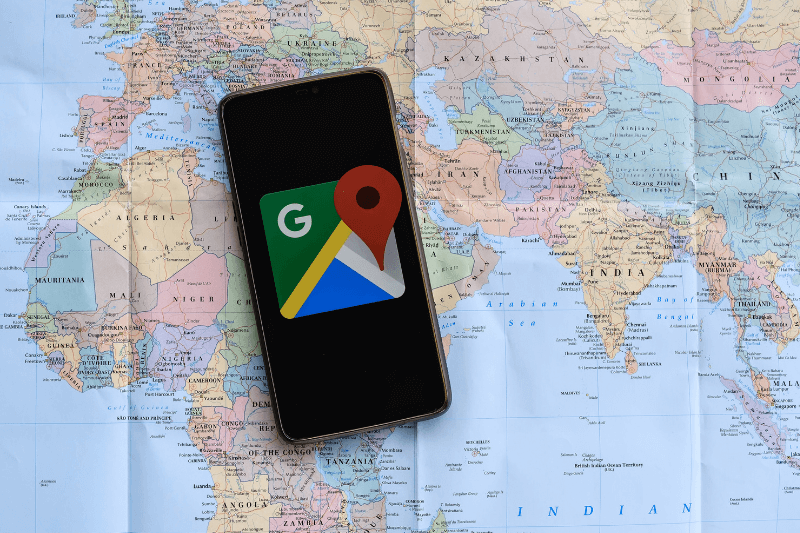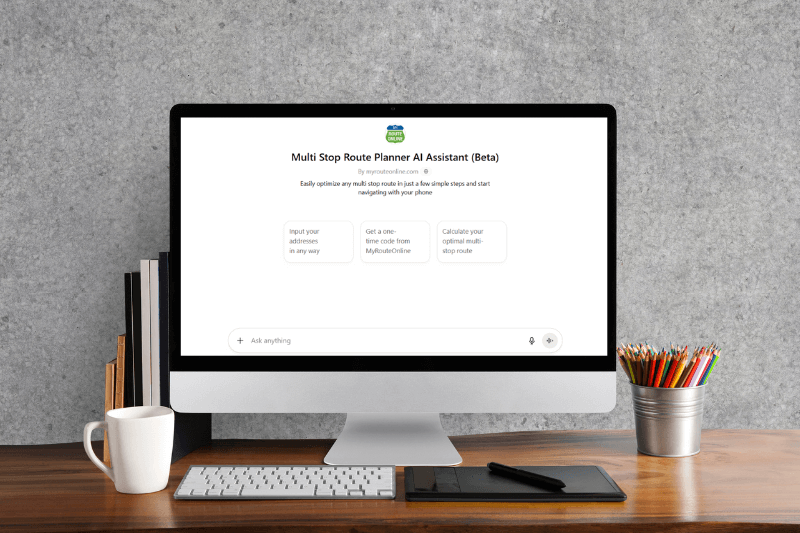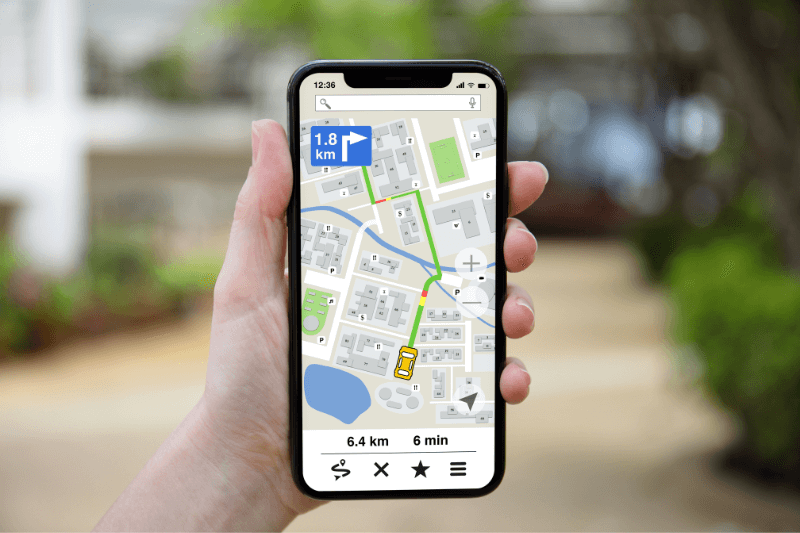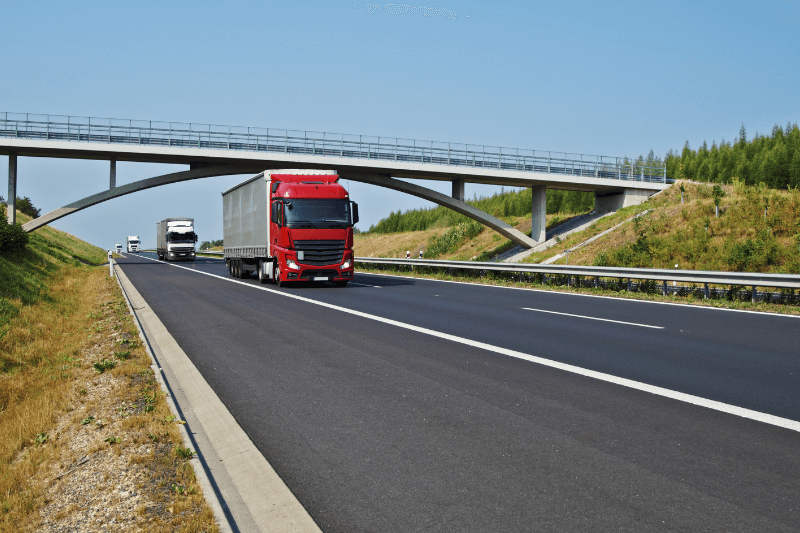Route Planning Jobs for Shipping or Logistics Professionals
July 23, 2022
What is Route Planning Software?
Route planning software is a computer software program designed to plan optimal routes between geographical locations. Route planning via a software program is a science that takes into consideration important factors involved in vehicle routing, such as:
• Shortest distance between stops
• Shortest timeframe to reach all stops
• Balance between distance and time
• Flexibility of stop order
We see a lot of job postings, searching for Route Planning Professionals, to do the route planning tasks for different companies. Shipping and logistics professionals have a great deal of responsibility. Their work affects the organization’s entire distribution system and they serve as a key player in managing transportation expenses. Technology advances have helped a great deal with both of these responsibilities.
Today’s shipping and logistics professionals have software tools that maximize time and also manage costs. No longer do these professionals have to rely on GPS or paper maps to plan routes. What used to take hours and be a very frustrating task, can be done with route planning software in just minutes. Plus, last minute changes — a frequent occurrence — can be made easily.
Major corporations invest heavily in route planning as a cost saving measure. Today, small businesses can do the same, thanks to technology improvements, online access, and competitive pricing.
Benefits of Route Planning
Route planning software incorporates these factors when planning a route, helping to increase productivity and to make organizations more efficient. The planning time becomes a non-issue and there are no more guessing — shipping and logistics professionals get the best route every time, no matter how frequently it changes.
The less time employees spend on the road, the more savings in fuel costs and time for the organization. Route planning helps with managing transportation expenses through the following ways:
• Decreased Mileage
• Decreased Fuel Usage
• Decreased Carbon Emissions
• Less Overtime
• Better Use of Vehicles
Efficiency Improvements
When a company uses route planning software, often the major goal is to prevent lost drivers or unnecessary backtracking by developing an automated route plan that is optimized for either shortest distance or fastest time. In essence, the software makes transportation more efficient.
While most companies would feel those benefits were enough, route planning software can do much more. Now it’s easier to assign customer orders to different routes, making sure each route is balanced. Route planning also helps with efficient truck loading and optimizes the time of multiple drivers.
All of these efficiencies lead to another benefit — improvements in customer service. If your organization can accurately predict and communicate transportation times, you’ll reap the reward of happier customers and more referrals.
Environmental Benefits
More efficient routing has a direct impact on the environment. Pollution is related to health issues in humans, particularly respiratory illnesses in urban environments. The Center for Disease Control has linked high levels of air pollution with health issues in people, especially for those with asthma and other types of lung or heart disease.
By reducing smog, carbon monoxide and particulates in the air, you can directly impact your health as well as the health of your family and your fellow employees. That may turn into fewer sick days and a healthier, more efficient business environment.
Shipping and logistical professionals are directly involved in an organization’s environmental policies, and they should highlight their contributions. Environmentally sound practices strengthen a company’s connection to its community, which can improve its public image, community relations and goodwill.
The Bottom Line
In the shipping and logistics field, efficiently planning sales routes requires strategic planning. Route planning services are an important tool for these professions. This technology takes the guesswork out of creating transportation routes since the routes are optimized for time and distance.
With a good route planning program, organizations spend less money on fuel, create less air pollution and provide better service to customers. That means route planning can give businesses a competitive edge. And in today’s global economy, that can make a big difference to your organization’s bottom line.









